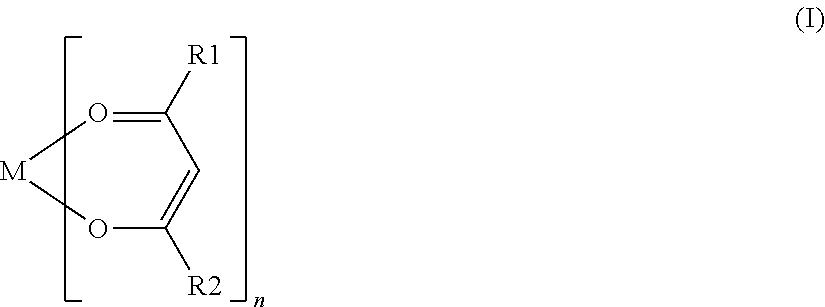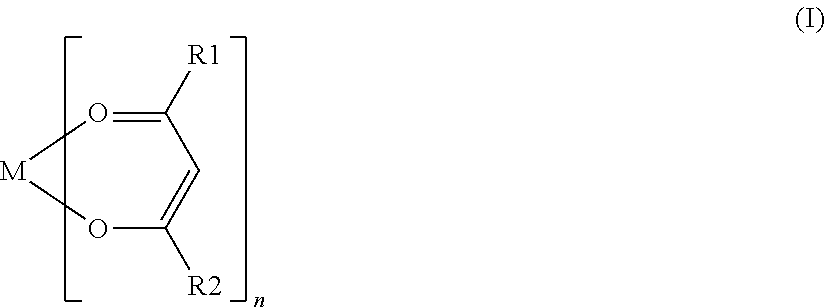Nonaqueous secondary battery
a secondary battery, non-aqueous technology, applied in the direction of non-aqueous electrolyte cells, cell components, electrochemical generators, etc., can solve the problems of low temperature local inside the battery, difficult for fluorinated cyclic carbonate esters to form a stable surface film, and decrease in nail penetration characteristics. , to achieve the effect of low cost and better results
- Summary
- Abstract
- Description
- Claims
- Application Information
AI Technical Summary
Benefits of technology
Problems solved by technology
Method used
Image
Examples
examples 1 to 10
, COMPARATIVE EXAMPLES 1 TO 10
[0052]LiCoO2 having an average particle diameter of 13.1 μm and a specific surface area of 0.25 m2 / g, was used as a positive electrode active material in each nonaqueous secondary battery of the Examples 1 to 10 and the Comparative Examples 1 to 10. Hereinafter, the added amount of various fluorinated cyclic carbonate esters is shown as the ratio to the total mass of a nonaqueous electrolyte, and the added amount of various coupling agents is shown as the ratio to the mass of a positive electrode active material.
[0053]In Comparative Example 1, the nonaqueous electrolyte contained no fluorinated cyclic carbonate esters, and no coupling agent was added to the positive electrode mixture layer. In Comparative Examples 2 to 7, FEC as a fluorinated cyclic carbonate esters with a varied concentration of 0.10 to 10.0% by mass was added to the nonaqueous electrolyte, while no coupling agent was added to the positive electrode mixture layer.
[0054]In Comparative E...
examples 29 to 42
, AND COMPARATIVE EXAMPLES 13 TO 31
[0069]In each nonaqueous secondary battery of Examples 29 to 42 and Comparative Examples 13 to 31, FEC was added as a fluorinated cyclic carbonate esters to the nonaqueous electrolyte, and aluminum bisethylacetoacetate monoacetylacetonate was added to the positive electrode mixture layer as a coupling agent.
[0070]In Examples 29 to 37 and Comparative Examples 13 to 26, LiCoO2 having a varied average particle diameter of 3.3 to 16.4 μm and a varied specific surface area of 0.11 to 0.90 m2 / g was used as the positive electrode active material, and FEC and a coupling agent were or were not added. In Examples 38 to 42 and Comparative Examples 27 to 31, various positive electrode active materials other than LiCoO2 were used, and FEC and a coupling agent were or were not added.
[0071]In Examples 29 to 42, and Comparative Examples 13 to 31, when FEC was added to the nonaqueous electrolyte, FEC was added so as to have a concentration of 5.00% by mass, and whe...
PUM
 Login to View More
Login to View More Abstract
Description
Claims
Application Information
 Login to View More
Login to View More - R&D
- Intellectual Property
- Life Sciences
- Materials
- Tech Scout
- Unparalleled Data Quality
- Higher Quality Content
- 60% Fewer Hallucinations
Browse by: Latest US Patents, China's latest patents, Technical Efficacy Thesaurus, Application Domain, Technology Topic, Popular Technical Reports.
© 2025 PatSnap. All rights reserved.Legal|Privacy policy|Modern Slavery Act Transparency Statement|Sitemap|About US| Contact US: help@patsnap.com



